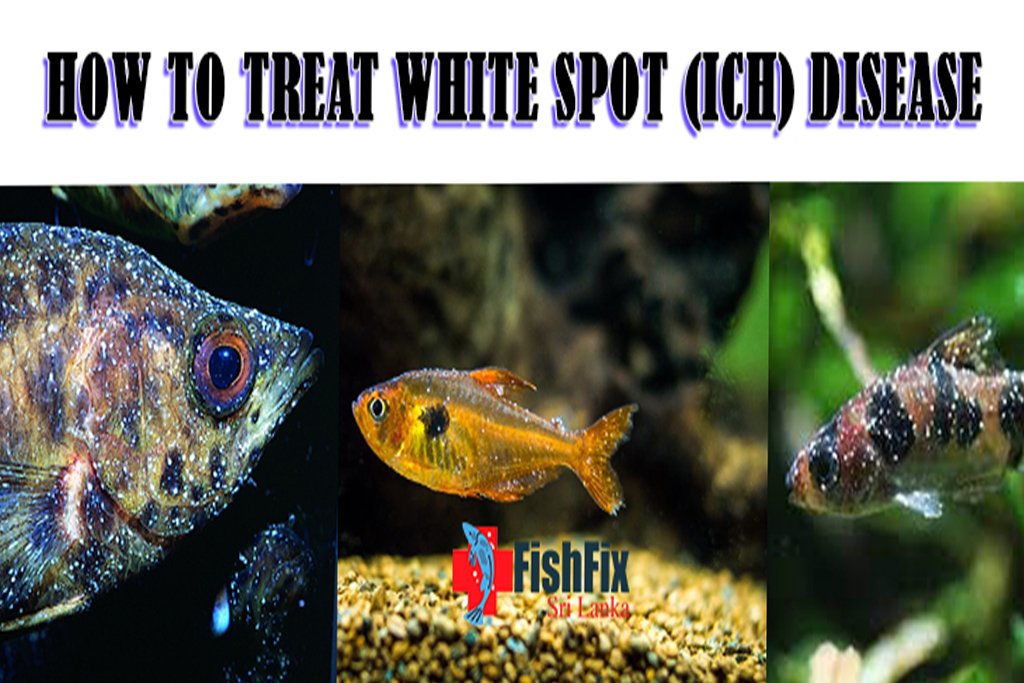- Your cart is empty
- Continue Shopping
What is Ichthyophthirius multifiliis?

Ichthyophthirius multifiliis, commonly known as ich or white spot disease, is a common parasitic infection that affects freshwater fish. This disease is caused by a protozoan parasite that attaches itself to the fish's skin and fins, leading to the formation of white spots on the body of the fish. If left untreated, ich can cause significant damage to the fish's gills, leading to respiratory distress and death.
Signs and symptoms of Ichthyophthirius multifiliis
The early signs of ich include small white spots that appear on the skin and fins of the fish. These spots may appear like grains of salt and can be easily noticed on darker-colored fish. As the infection progresses, the spots may increase in size and number, leading to the fish becoming covered in white spots. The infected fish may also show other signs of distress such as lethargy, loss of appetite, and rubbing against objects in the aquarium.
Treating Ichthyophthirius multifiliis
The treatment of ich involves two stages, namely, the elimination of the parasite from the fish and the prevention of re-infection. There are several methods of treating ich, including the use of medications, such as malachite green and formalin, and non-medical approaches, such as raising the temperature of the water and adding salt to the aquarium.
Medications
Medications such as malachite green and formalin are commonly used to treat ich. These medications are available in most pet stores and online retailers and are effective in eliminating the parasite from the fish's body. However, care should be taken when using these medications as they can be toxic to the fish if used incorrectly.
Raising the temperature
Raising the temperature of the water in the aquarium can also help to treat ich. The parasite responsible for ich is sensitive to changes in temperature, and increasing the temperature of the water to 86°F can help to eliminate the parasite from the fish's body.
Adding salt to the aquarium
Adding salt to the aquarium can also be an effective method of treating ich. Salt acts as a natural anti-parasitic agent and can help to eliminate the parasite from the fish's body. However, care should be taken when adding salt to the aquarium as some fish species are sensitive to salt.
Preventing re-infection
Preventing re-infection is an important aspect of treating ich. This can be achieved by maintaining a clean and healthy aquarium environment, ensuring that the water quality is optimal, and avoiding overcrowding the aquarium.
Cleaning the aquarium
Regularly cleaning the aquarium can help to prevent re-infection. This involves cleaning the gravel, removing any uneaten food, and replacing a portion of the water on a regular basis.
Maintaining optimal water quality
Maintaining optimal water quality is also important in preventing re-infection. This involves monitoring the pH, ammonia, nitrite, and nitrate levels in the water and making adjustments as necessary.
Avoiding overcrowding
Avoiding overcrowding the aquarium is also important in preventing re-infection. Overcrowding can lead to an increase in waste products, which can lead to poor water quality and an increased risk of infection.
Conclusion
In conclusion, Ichthyophthirius multifiliis is a common parasitic infection that affects freshwater fish. Treating ich involves the elimination of the parasite from the fish's body and the
prevention of re-infection. There are several methods of treating ich, including the use of medications, raising the temperature of the water, and adding salt to the aquarium. It's important to take proper precautions when using medications and to closely monitor the fish during treatment.
Preventing re-infection involves maintaining a clean and healthy aquarium environment, monitoring water quality, and avoiding overcrowding. Regular cleaning of the aquarium and monitoring water quality can help prevent re-infection and keep fish healthy.
In summary, Ichthyophthirius multifiliis can be a serious problem for freshwater fish. However, with the proper treatment and prevention measures, the infection can be eliminated and prevented from reoccurring. By following these tips, you can ensure that your fish remain healthy and free from white spot disease.


2 Comments